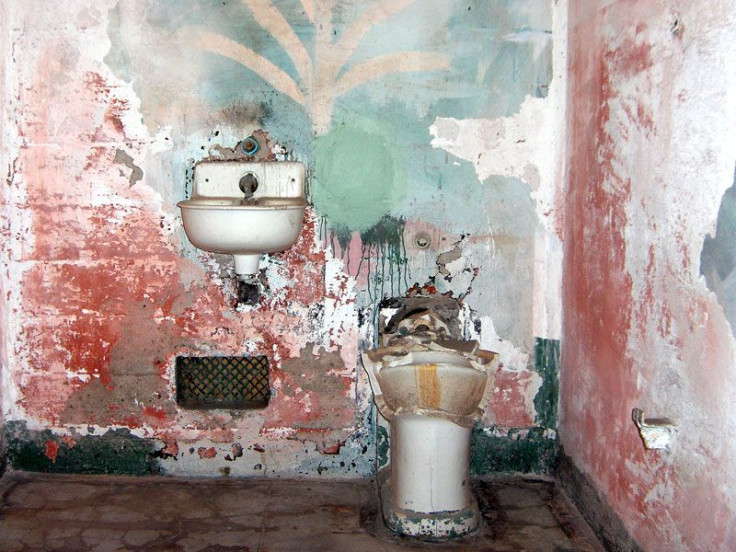'World Toilet Day' Intends To Improve Sanitation For 2.5 Billion People; UN Aims To Halve Number By 2015

In the animal kingdom, man may be the singular species to use a mobile app to find a toilet — in a crowded city — to urinate or defecate.
Declaring access to a toilet “anytime, anywhere — and with dignity” a basic human right, the purveyors of ToiletFinder.com direct users in New York City to the nearest publicly available toilet. Among the city’s most popular defecatory destinations is the Crate & Barrel on Broadway, in the Greenwich Village shopping district, although other suggestions seem doubtful to many denizens of the city.
Barnes & Noble, with numerous locations throughout the city, offers both book-browsing and bathrooms, but any Thai restaurant on the list may require a full sit-down dining experience, with credit card information, before allowing use of the facilities.
These “First World problems” for shoppers on the town, however, belie a tremendous luxury for most in the Western world, with nearly universal access to clean, functioning toilets. Elsewhere in the world, 2.5 billion people — one in three — lack access to either a toilet or sustainable system of sanitation.
To highlight a health problem leading to two million deaths per year, the United Nations, on Tuesday, held its inaugural World Toilet Day. "We must break the taboos and make sanitation for all a global development priority," UN Secretary-General Ban Ki-Moon said in an official statement in Singapore last July.
Today, much of the problem exists within India, the second most populous nation of the world. While only 14 million people lack toilets in China, 626 million lack basic sanitation in India, accounting for 60 percent of the problem. Even in urban areas, 2.1 billion people use toilets that are connected to septic tanks that may not be properly emptied and maintained.
Around the world, 1.5 million children die annually from diarrhea, with poor sanitation blamed as one of the primary causes. Many more suffer from parasitic worms and other ailments related to lack of sanitation. As a secondary problem, lack of sanitation also poses a safety threat to women and girls, targeted when they are alone outside. Without proper sanitation, many girls in poor countries miss school during menstrual periods, often dropping out entirely, a study by UN investigators found in March.
Earlier this year, UN Deputy Secretary-General Jan Eliasson said the organization would endeavor to halve the number of people worldwide who lack access to adequate sanitation by 2015.
"Let's face it. This is a problem that people do not like to talk about," Eliasson said at a press conference. "But it goes to the heart of ensuring good health, a clean environment, and fundamental human dignity for billions of people."
In August, the Bill and Melinda Gates Foundation launched an effort to "reinvent" the toilet, noting greater access to cellphones than sanitation for residents of the developing world. In India, some 400 million people carry cellphones but lack access to proper sanitation.
Representing the non-profit Toilet Hackers, an organization attempting to improve access to “dignified sanitation,” Garvey Chui noted the stark difference between affluent Westerners and others around the globe.
"We aim to make these hugely important issues relevant and sexy," Chui told CNN. “For many Westernized travelers — particularly for many women travelers, no matter how well-seasoned — sanitation and access to clean toilets becomes a serious consideration when traveling. But for those without access to safe, clean and private toilets and sanitation, it is more than an inconvenience; it can be life or death.”



























